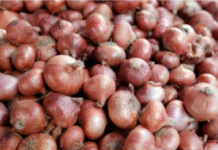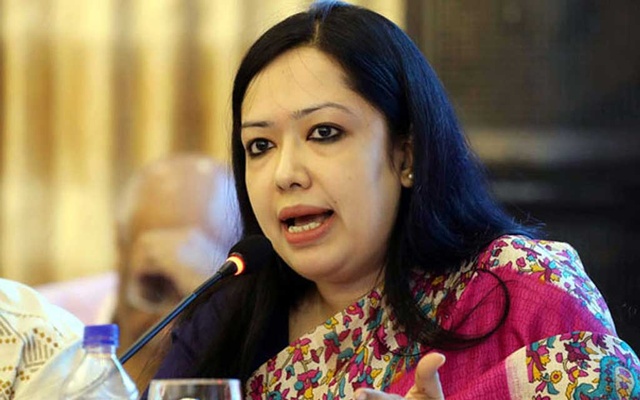
Last update on: Fri Mar 21, 2025 03:20 AM

Remittance inflows surged by around 78 percent year-on-year in the first 19 days of March as migrant workers sent more money home to relatives ahead of Eid-ul-Fitr, the largest religious occasion in the country.
Remittance inflow soared to $2.25 billion in the 19 days of the month, providing additional relief to the interim government, which faced serious challenges when it came to power amid turbulence in macroeconomic indicators and the depletion of foreign exchange reserves.
On March 19 alone, $132 million in remittance flowed into Bangladesh, according to Bangladesh Bank (BB) data.
Between July last year and March 19 of this year, Bangladesh received $20.74 billion in remittance, 27 percent higher than the $16.33 billion that flowed in during the same period of the year prior.
According to economists, the rise in remittance is a common scenario ahead of any major festival. They added that low demand for hundi ensured that such transactions were now being made through formal channels.
On March 19 alone, $132 million in remittance flowed into Bangladesh, according to Bangladesh Bank data
“Remittance rose as Eid is knocking on the door. This is a common scenario every year,” said Towfiqul Islam Khan, a senior research fellow at the Centre for Policy Dialogue (CPD).
“People send money ahead of time to ensure their relatives can complete their shopping as the banking sector will remain closed for around one week centring Eid,” he said.
“Generally, our remittance has been low as people send money through informal channels. However, after the change in government, the demand for hundi has fallen as the pressure of money laundering fell. As a result, inward remittance rose after the change.”
In the eight months to February this year, inward remittances recorded a 23.8 percent year-on-year growth, according to BB data.
Bangladesh received a total of $18.49 billion in remittances in that time, up from $14.93 billion in the same period the previous year.
Khan said growing inward remittance was a positive sign for the country’s economy, especially as it helps build foreign exchange reserves. Thanks to higher remittance earnings in recent months, the central bank is clearing dues and has relaxed import restrictions.
As of March 13, Bangladesh’s foreign exchange reserves stood at $19.73 billion (BPM6). On the same day a year prior, the amount was $19.99 billion.
“Now, the central bank should disclose how much of the due payments it has cleared and how much remains outstanding. This data will boost people’s confidence,” Khan said.
Apart from high inflation, fiscal control, and restoring stability in the banking sector, the government’s major concern is foreign exchange, which should be allowed to accumulate with high remittance earnings, he added.
A mid-level banker of Islami Bank said remittance increases during every festival-centric month.
“This rise in remittance is because non-resident Bangladeshis are sending their income to their relatives. It is a common phenomenon and has been observed in every Eid-related month,” the banker said.
“Moreover, the availability of hundi has dropped, so people are sending money through formal channels. As a result, a rising trend in remittance has been observed in the last several months.”
Another major reason why people prefer formal channels is the fact that the gap between the price of the dollar through formal and informal channels has narrowed to Tk 1.5 to Tk 2, the banker said.
“So, people have lost interest in sending remittance through the informal sector.”










